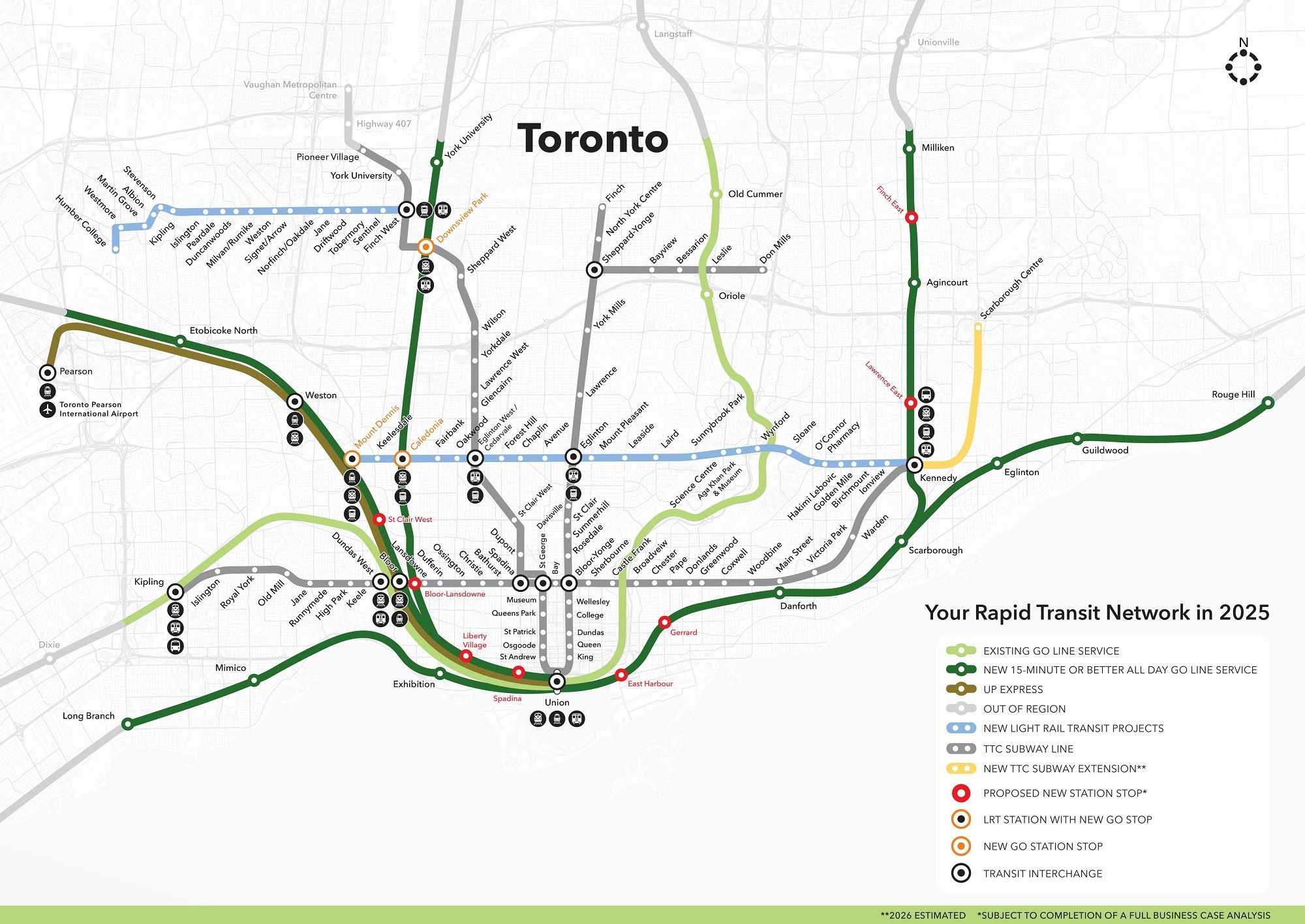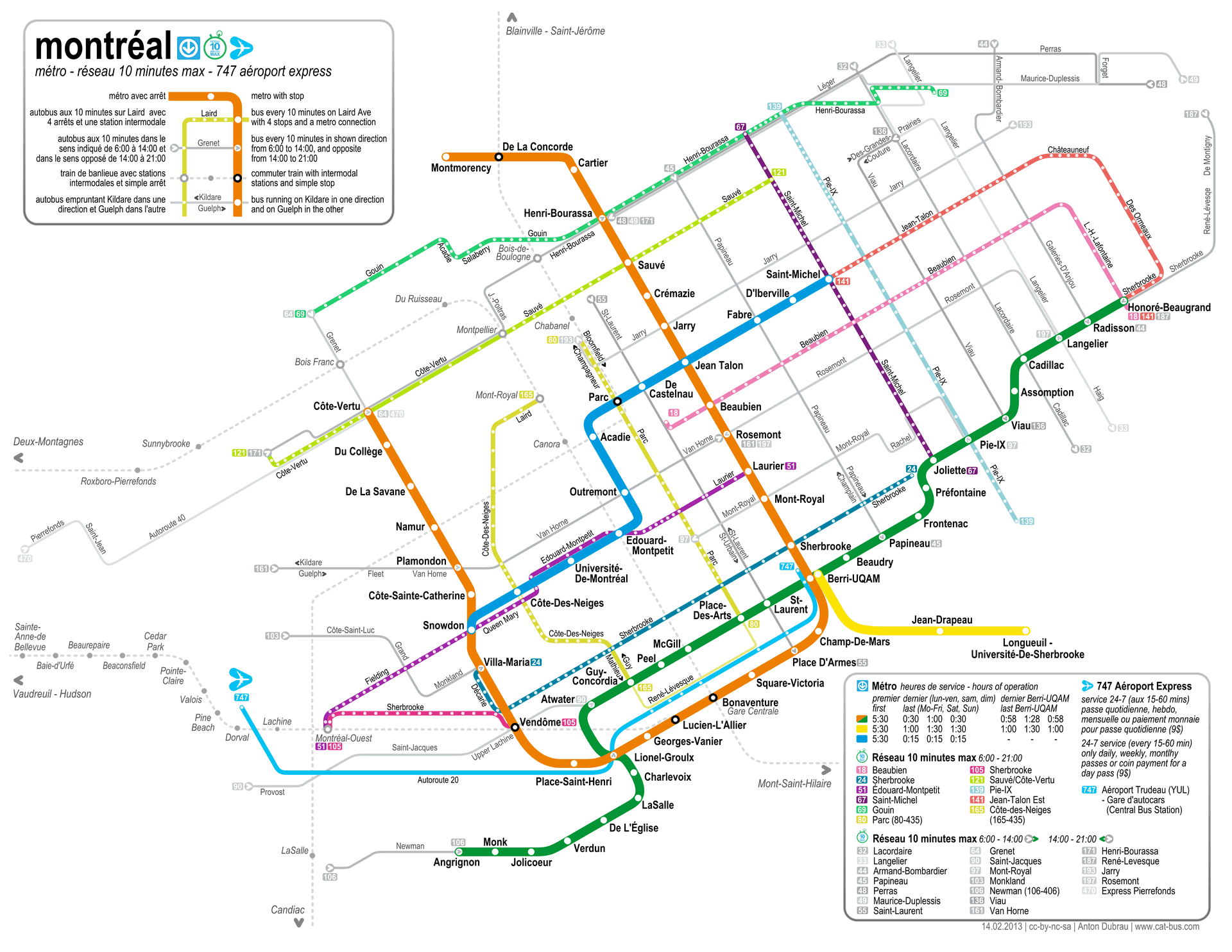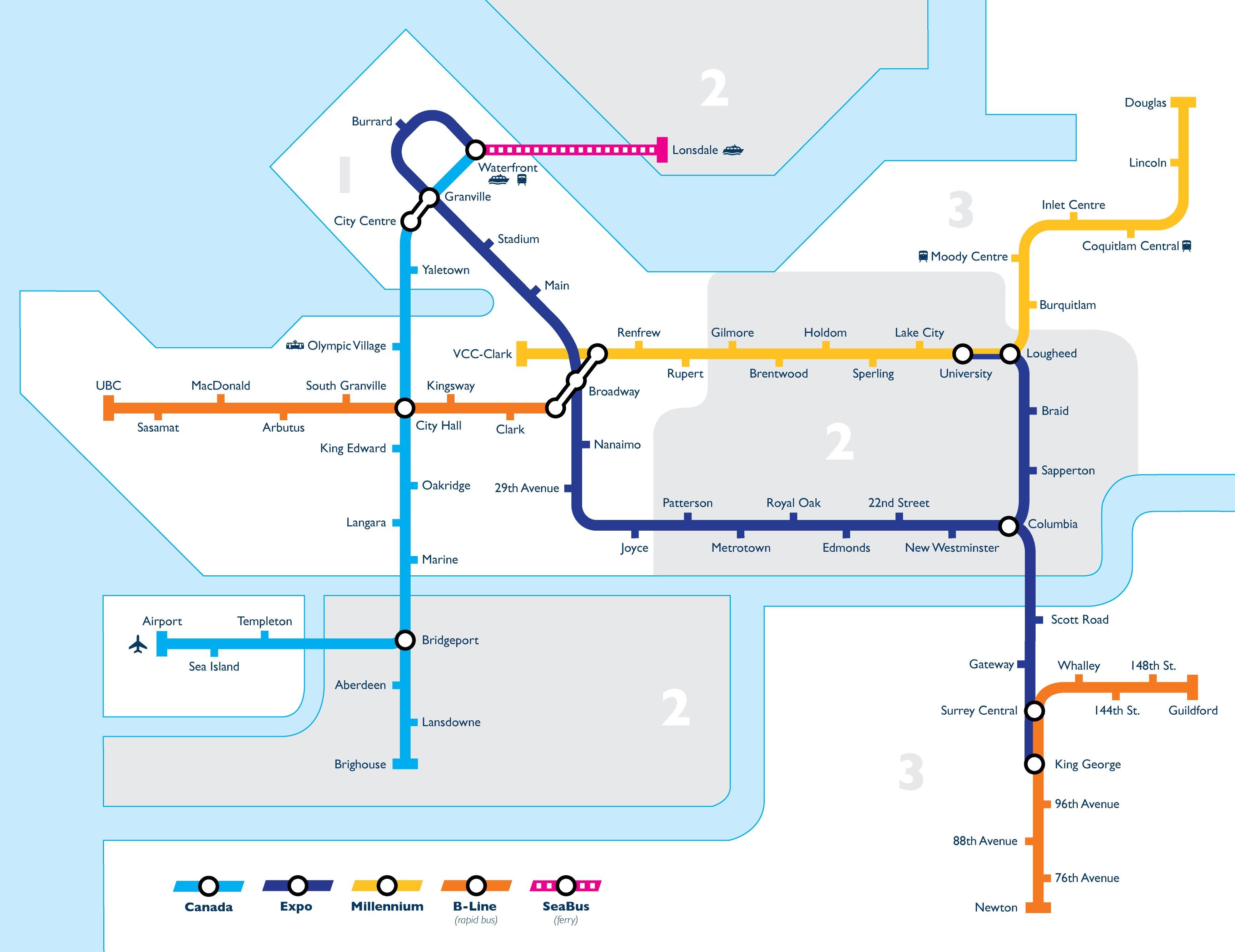Navigate Canada's Cities with Confidence
Your definitive guide to public transit and payment systems in Toronto, Montreal, and Vancouver for newcomers and tourists in 2025.
How to Use Public Transit in Canadian Cities: Toronto, Montreal, Vancouver (2025 Edition)
Public Transit Basics for Newcomers
Welcome to Canada! Getting around its vibrant cities is easy with their efficient public transit systems. Each major city has its own unique network, but they all aim to connect you seamlessly. Understanding the basics will make your journeys smooth and stress-free.
Toronto (TTC)
The Toronto Transit Commission (TTC) operates subways, streetcars, and buses. It's one of North America's largest transit systems, serving over a million riders daily. The subway is the backbone, complemented by an extensive streetcar network in the downtown core and buses reaching every corner of the city.
Montreal (STM)
The Société de transport de Montréal (STM) manages Montreal's metro and bus services. The Montreal Metro is famous for its unique rubber-tired trains and architecturally distinct stations. Buses cover areas not served by the metro, ensuring comprehensive coverage.
Vancouver (TransLink)
TransLink oversees public transit in Metro Vancouver, including SkyTrain (an automated rapid transit system), buses, and SeaBus (a passenger ferry). SkyTrain is a key feature, offering quick connections across the region, including to Vancouver International Airport (YVR).
While the names and specific vehicles differ, the goal is the same: providing reliable, accessible transportation. Learning about each system's specific modes (bus, subway, streetcar, SkyTrain) will help you choose the best option for your journey.
Transit Cards & Mobile Apps
Modern Canadian transit systems primarily use reloadable smart cards or mobile apps for payment, offering convenience and often better value than single-use tickets.
Presto Card (Toronto & GTHA)
The Presto card is used across the Greater Toronto and Hamilton Area (GTHA), including TTC and GO Transit. You can buy a Presto card at subway stations, Shoppers Drug Mart locations, or online. Reload it at vending machines, customer service counters, or via the PrestoCard.ca website or app. Registering your card online protects your balance if it's lost or stolen.
OPUS Card (Montreal)
The OPUS card is Montreal's reloadable smart card. Purchase it at metro stations, pharmacies, or convenience stores. You can load it with passes (e.g., daily, weekly, monthly) or cash value. Manage your card and reload online at OPUSCard.ca (via STM website) or at metro station vending machines.
Compass Card (Vancouver)
Vancouver's Compass Card works across all TransLink services. Buy a Compass Card at SkyTrain stations, SeaBus terminals, or select retail partners. Reload options include vending machines, online at CompassCard.ca, or via phone. Registration is recommended for balance protection.
Beyond dedicated transit cards, several mobile apps can enhance your transit experience:
- Transit App: A popular app for real-time transit information, trip planning, and even mobile payment in some cities.
- Citymapper: Offers comprehensive routing, real-time departures, and disruption alerts for major cities.
- Google Maps: Provides excellent public transit directions, integrating real-time data and fare estimates.
Fares and Discount Programs
Understanding fare structures and available discounts is crucial for cost-effective travel. Fares generally vary by city, type of pass, and sometimes by zone.
Standard Fares & Payment Options
Most systems offer single-ride fares, day passes, weekly passes, and monthly passes. Payment can typically be made using your transit card, debit/credit card (tap-to-pay is becoming more common), or cash (exact fare required on buses). Always check the official transit website for the latest fare information:
- Toronto: TTC.ca
- Montreal: STM.info
- Vancouver: TransLink.ca
Discount Programs (2025)
- Students: Many post-secondary students are eligible for a U-Pass or student-specific transit passes (e.g., student Presto in Toronto, reduced-fare OPUS in Montreal). Check with your educational institution.
- Seniors: Reduced fares are often available for seniors (typically 65+). Proof of age may be required.
- Persons with Disabilities: Special programs and reduced fares exist for individuals with disabilities. Documentation from a healthcare professional may be needed.
- Low-Income: Some cities offer discounted transit passes for low-income residents. Eligibility criteria vary.
Always verify eligibility and application procedures on the official transit websites or Canada.ca for general newcomer information.
Transfers, Zones, and Travel Tips
Optimizing your transit experience involves understanding how transfers work, navigating different zones, and adopting smart travel habits.
Transfers & Zones
Most transit systems allow transfers within a specific time window (e.g., 90-120 minutes) using a single fare. This means you can switch between different routes or modes (bus to subway) without paying again. Some cities, like Vancouver, operate on a zone system where fares increase if you cross multiple zones during your journey. Always tap your card when entering and exiting (where applicable) to ensure correct fare calculation.
For detailed transfer rules and zone maps, consult the official transit websites.
Smart Travel Tips
- Peak Hours: Avoid traveling during rush hours (typically 7-9 AM and 4-6 PM on weekdays) if possible, as vehicles can be very crowded.
- Night Routes: Many cities offer night bus services (often called "Blue Night" in Toronto) for safe travel after subway/SkyTrain hours. Check schedules in advance.
- Plan Ahead: Use transit apps (Transit App, Google Maps) to plan your route, check real-time arrivals, and anticipate any delays.
- Be Prepared: Have your transit card ready before boarding to avoid delays.
Common Mistakes and Fines
To ensure a smooth transit experience and avoid penalties, be aware of common pitfalls.
Fare Evasion & Fines
Traveling without a valid fare is considered fare evasion and can result in significant fines. Transit officers conduct random checks, and ignorance of rules is not an excuse. If you receive a fine, instructions on how to pay or dispute it will be provided on the ticket. It's always best to pay your fare correctly to avoid legal issues and financial penalties.
Card Issues & Zone Misunderstandings
- Invalid Card: Ensure your transit card has sufficient balance or a valid pass before boarding. A "negative balance" or expired pass can lead to issues.
- Zone Violations: In multi-zone systems (like Vancouver), ensure your fare covers all zones you travel through. Tapping out correctly is crucial.
- Lost or Blocked Cards: If your registered card is lost or stolen, report it immediately to the transit authority to block it and potentially transfer your balance.
- Proof of Payment: Always keep your proof of payment (e.g., tapped card, paper transfer) handy until you exit the system.
City-by-City Guide
Dive deeper into the specifics of public transit in Canada's largest urban centers.
Toronto (TTC + GO Transit)
Toronto's transit system, run by the TTC, is extensive. The subway has four lines, connecting major hubs. Streetcars are iconic to downtown, and buses fill in the gaps. For inter-city travel within the Greater Toronto Area, GO Transit provides commuter rail and bus services, all payable with the Presto card. Remember to tap your Presto card when entering and exiting GO Transit services.

Montreal (STM + REM + exo)
The STM operates Montreal's Metro (subway) and bus network. The Metro is a fast and efficient way to get around, with connections to key attractions and neighborhoods. The new REM (Réseau express métropolitain) is expanding rapid transit options, including to the airport. For suburban commuter rail and bus services, exo is the regional operator. Your OPUS card is essential for all these services.

Vancouver (TransLink + SkyTrain + SeaBus)
TransLink manages Vancouver's integrated transit system. The SkyTrain is a driverless rapid transit system with three lines, offering fast connections across the region. Buses provide extensive coverage, and the SeaBus offers a scenic ferry connection between downtown Vancouver and North Vancouver. The Compass Card is your key to seamless travel across all TransLink services, including zone-based fares.

Unlock Your Free Transit Guide PDF!
Sign up for our newsletter to receive a comprehensive "Transit Guide for Newcomers" PDF directly to your inbox, packed with even more tips and detailed maps.